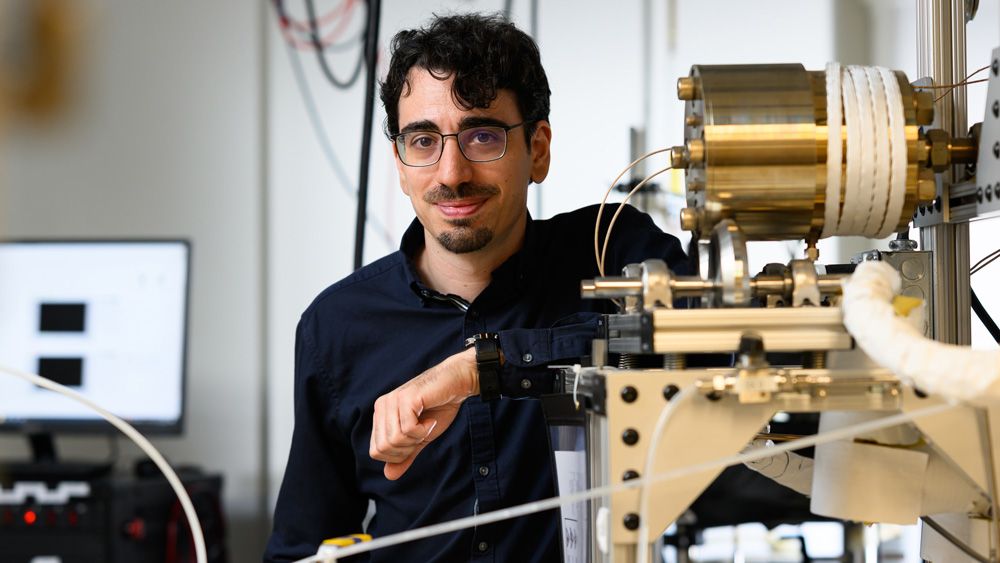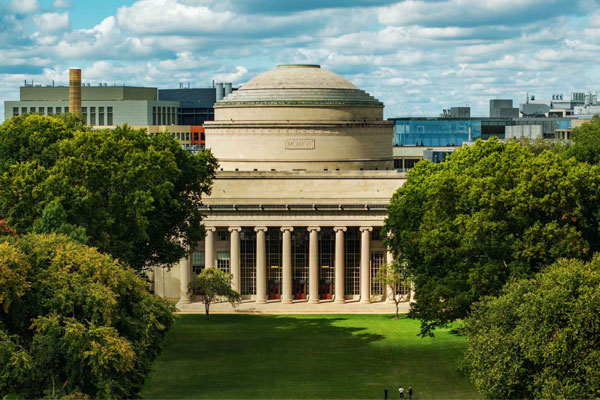Spotlight: Oct 31, 2025
NSE PhD student Marco Graffiedi is helping to develop the next generation of spaceships and nuclear plants. He’s researching quenching, a powerful heat-transfer mechanism that may facilitate refueling in space as well as the cooling of nuclear cores.






